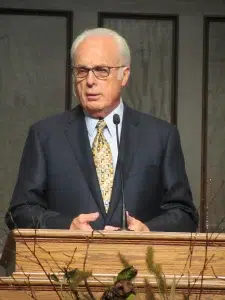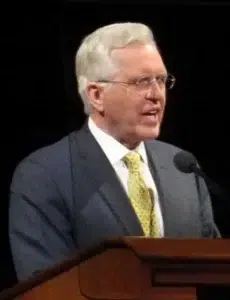Per the Butler County Gazette, an Aug. 18 report by The Beacon’s Blaise Mesa says that concerns over safety in Kansas foster care group homes are once again in the spotlight.
Kerrie Lonard, head of the Office of the Child Advocate, is pushing for more frequent inspections of congregate care facilities, buildings where foster children may live temporarily or receive mental health services. Lonard says the problems inside these facilities are persistent, ranging from sexual abuse to drug use and violence to excessive force by staff and unsafe living conditions.
The call for reform follows years of troubling findings. In 2018, the license for Carla’s Youth Residential Center in Wichita was suspended after state and federal officials documented suspected sexual and physical abuse, along with poor supervision and unqualified staff. Children placed there were described as being “at risk of ongoing physical and emotional harm.”
What Are Congregate Care Facilities?
Congregate care facilities can take different forms. Some operate as inpatient mental health programs where children may stay for weeks. Others act as day programs or temporary housing when children are between foster homes. These facilities are typically inspected once a year, often with advance notice.
Advocates argue that announced inspections allow facilities to clean up temporarily while continuing harmful practices once auditors leave. “I worry that when there’s a little bit of preemption, there’s like an awareness someone’s coming,” said Brenna Visocsky, campaign director with Kansas Appleseed. “Everybody’s ready to be on their best behavior.”
A 2020 federal investigation found widespread violations at Kansas group homes. Out of 31 facilities reviewed, 24 failed to meet environmental standards, and 29 had not conducted background checks or fingerprinting for staff. Inspectors also found mold, rodent droppings, and exposed wiring. One home even housed men and women together, despite only being licensed for women.
In 2024, Lonard’s office investigated 49 complaints involving child safety in foster care. While it’s unclear how many were linked to group homes, Lonard insists that unannounced, more regular inspections are a necessary first step to understanding what is happening inside these facilities.
Legislative Response
Not all lawmakers agree on how to proceed. State Rep. Cyndi Howerton, chair of the House Committee on Child Welfare and Foster Care, expressed hesitation about changing state law but said she would support agencies strengthening rules internally. “Ensuring the safety and well-being of children in these settings must remain a top priority,” Howerton wrote.
For now, child advocates continue to press for systemic change, warning that Kansas’s most vulnerable children remain at risk without stronger safeguards.
Hidden dangers in foster care facilities are not new and they reveal how easily children can fall through the cracks of institutional systems. Survivors of institutional abuse often say the greatest harm isn’t just neglect or unsafe conditions, but the feeling that no one is truly listening. If you or a loved one has been harmed in foster care or another institution, you may have legal options. Learn more about your rights here.
Speed up your free case review process by filling out the form below.




